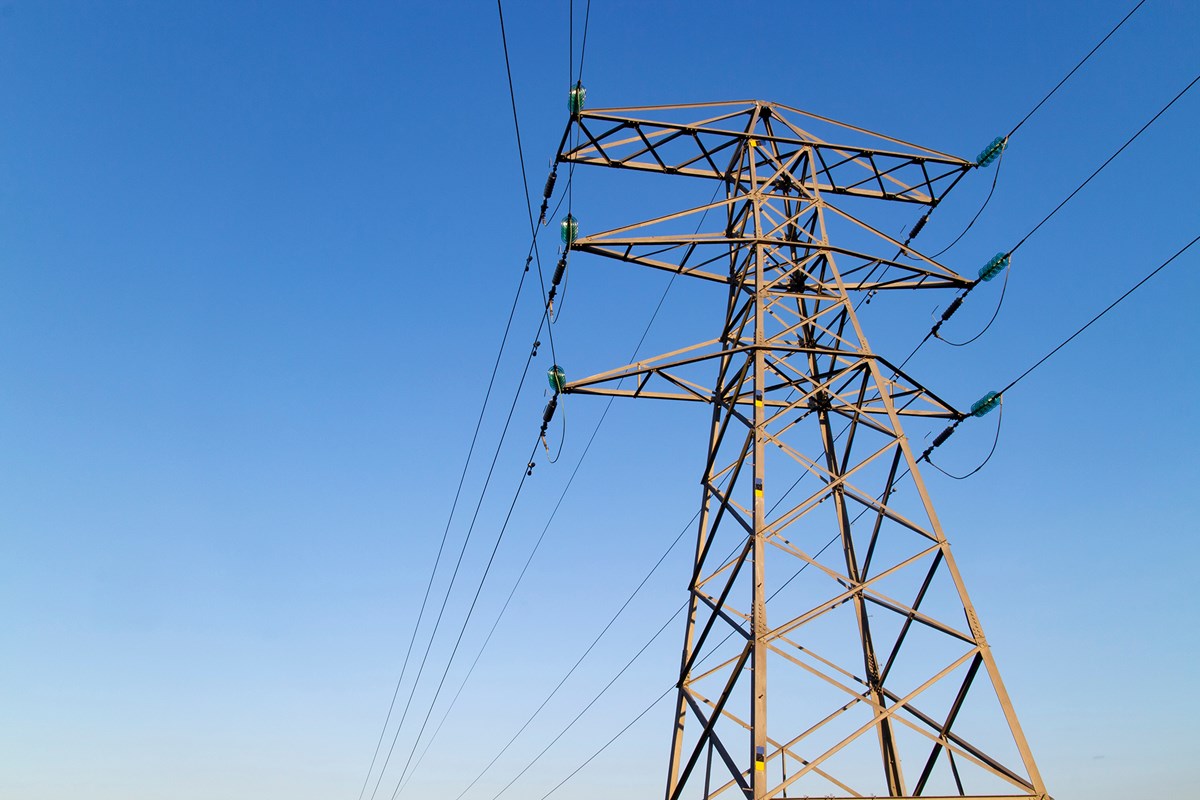HV Network Planning and Design
This course is built around the principle that HV planning and design tools are only as good as the person using them. To utilise planning tools effectively, good designers will fully understand what is required to be achieved and can recognise when outputs are incorrect.
This two-day course works towards this objective and combines the theory of network planning to relevant GB standards and legislation with the practice of carrying out load flow studies and calculations to ensure compliance with those standards. Fault Level, Voltage and Network Capacity Planning are all considered along with supporting knowledge in the areas of earthing design, basic HV protection and typical HV supply connection arrangements. The core concepts are reinforced through network design exercises using both hand calculations and software planning tools, enabling delegates to:
- Understand how to configure power flow analysis tools in terms of slack bus, customer loads and generation
- Complete basic network studies required to determine compliance with GB standards
- Understand the studies required to determine the impact of generation and point of connections

Day one
Introduction
- Network planning within network constraints
Security and reliability
- Licence conditions and standards
- P2/6
- Calculating network capacity
- Understanding the balance between ratings and demand
- Applying distributed generation for system support
- Relating network equipment and network topology to the standard
- Cost of loss of supply
- P2/6 compliance exercise
Safety
- HV network standards
- Planning tools – customer modelling
- Fault levels:
- Equipment that is effected and why it has to be assessed
- Introduction to G74 for determining contributions to short circuit currents at HV
- Calculating fault levels and practical exercise
HV network earthing
- Legislation and standards
- Introduction to ROEP and impedance
- Touch and step potentials
- HV earthing design considerations
- Hot or cold substation sites
HV protection systems
- The role of protection systems
- Types of protection found at HV
- Understanding the values
Day two
Introduction
- Programme for the day – recap of day 1
Customer connection equipment
- Essential components of any connection
- Representing customers and sources of data for use in modelling demand
Network modelling
- Power system modelling
- Network modelling exercise:
- Creation of a slack bus
- Building a primary substation
- Building a cable network
- Representing existing customers
- Adding a new customer
Capacity and fault level studies
- Capacity and fault level study practical – perform a study on the network model:
- Perform a security of supply study
- Compare fault levels with hand calculation exercise
- Determine compliance
Power quality
- Legislation and standards relating to power quality
- Statutory voltage limits and network common practice
- Harmonic distortion
- Standards and limits relating to voltage dips and flicker and the sort of loads to which they refer
- Impact of generation on networks
- Voltage study practical
Open discussion
Programme may be subject to amendment
£1095
Course duration 2 Days
Course Location Capenhurst, Chester
12 Hours
Need some help?
Fill in the below form to be contacted about more course dates or if you have any other enquiries.